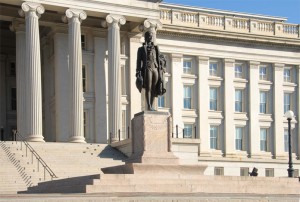The Minnesota Department of Revenue is warning customers about a scammer knocking on doors posing as an agent from the Department of Revenue. The scammer demands that the victim make immediate payment of back taxes owed.
The department never contacts customers demanding immediate payment without first mailing a letter, and the department will not threaten to send the police to a customer’s home.
Here are four things a scammer may do, but the department does not:
- Contact you about your balance due without contacting you by mail first.
- Demand payments without contacting you by mail first.
- Require that you provide payment information over the phone.
- Threaten to send the police or law enforcement.
If you encounter a similar scam, immediately contact your local law enforcement.
If you suspect a potentially fraudulent visit, call, or email from someone who represents themselves as being from the Minnesota Department of Revenue, call the department at 651-296-3003 or 1-800-657-3909. An authorized Minnesota Department of Revenue staff member will be able to determine if the contact you received was legitimate.
Use caution and only provide personal information, including credit card information, when you are absolutely sure the situation is legitimate.
The Minnesota Department of Revenue has more info on frauds and tax scams, and how to report suspicious calls or messages you may have received here: http://bit.ly/1co9gbh







